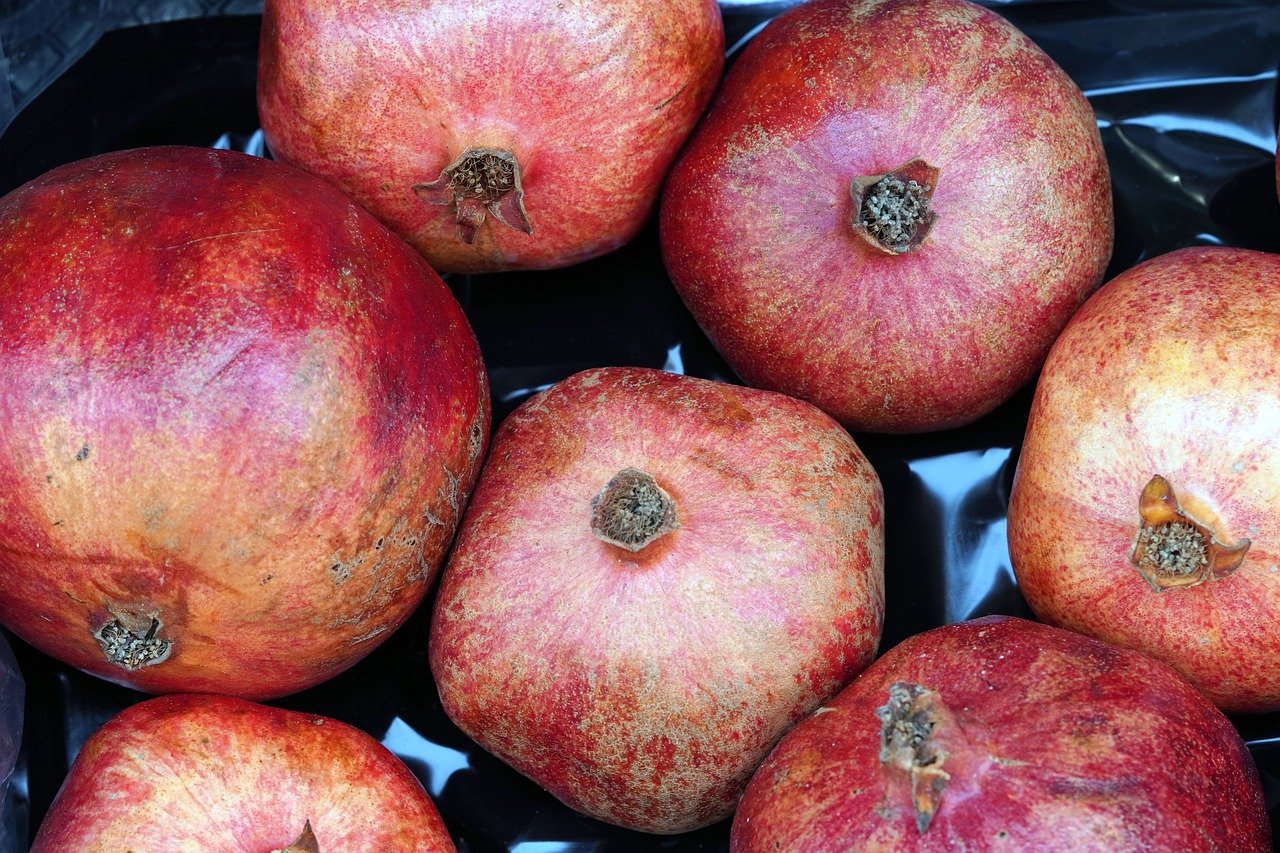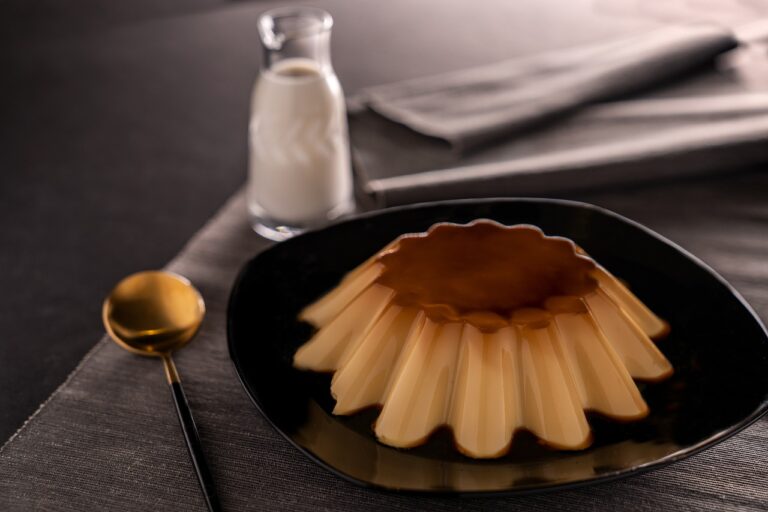Exploring the Role of Food Critics: Influencing Culinary Culture
Food criticism has a rich history dating back to ancient civilizations where rulers employed tasters to ensure the safety of their food. In the 19th century, the emergence of newspapers and magazines provided a platform for writers to share their views on different eateries and dishes, laying the foundation for modern food criticism.
The evolution of food criticism continued throughout the 20th century with the rise of influential food critics like Craig Claiborne and Ruth Reichl, who brought a new level of sophistication to the craft. As society’s interest in culinary experiences grew, food criticism diversified to encompass not only fine dining establishments but also street food vendors and food trucks, reflecting the changing landscape of gastronomy.
The Criteria Used by Food Critics
When evaluating a restaurant, food critics consider various essential factors that contribute to the overall dining experience. One of the primary criteria often examined is the quality of the ingredients used in the dishes. Critics pay close attention to the freshness, sourcing, and overall taste of the ingredients to assess the skill and dedication of the chefs in the kitchen.
Additionally, food critics also place importance on the creativity and technique showcased in the dishes. The presentation, flavors, and innovative combinations play a significant role in determining the level of culinary artistry demonstrated by the restaurant. Critics look for dishes that not only taste exceptional but also showcase a unique flair and attention to detail in their preparation.
The quality of ingredients used in the dishes
Freshness, sourcing, and overall taste of ingredients
Skill and dedication of chefs in the kitchen
Creativity and technique showcased in the dishes
Presentation, flavors, and innovative combinations
Level of culinary artistry demonstrated by the restaurant
Dishes that taste exceptional and showcase a unique flair
The Impact of Food Criticism on Restaurants
The opinions of food critics hold significant weight in the restaurant industry. A positive review from a respected critic can attract customers and elevate a restaurant’s reputation, leading to increased business and profitability. On the other hand, a negative critique can severely impact a restaurant’s success, resulting in decreased foot traffic and revenue loss.
Restaurateurs often closely monitor food critics’ reviews and feedback in order to gauge the public’s perception of their establishment. Some chefs and owners may even make changes to their menu or service based on the critiques received. In today’s digital age, online reviews from both professional critics and everyday diners can greatly influence a restaurant’s success, making it imperative for establishments to maintain high-quality standards to thrive in a competitive market.
What is the purpose of food criticism?
Food criticism serves as a guide for consumers in choosing where to dine and helps restaurants improve their offerings.
How do food critics evaluate restaurants?
Food critics typically consider factors such as the taste, presentation, service, ambiance, and value for money when evaluating restaurants.
Can food criticism impact the success of a restaurant?
Yes, food criticism can significantly impact the success of a restaurant by influencing consumer perceptions and choices.
Do restaurants take food criticism seriously?
Many restaurants take food criticism seriously and use it as constructive feedback to improve their offerings and overall dining experience.
How can restaurants respond to negative food criticism?
Restaurants can respond to negative food criticism by addressing the issues raised, making necessary improvements, and engaging with customers to show their commitment to quality.







